Early Friday afternoon I answered the door to take delivery of my brand new Nikon Z 6 III. Less than twelve hours later, I’d shot over a thousand frames and there was no question in my mind – Nikon’s got another hit on their hands. While not a technical review, I think this is the camera a lot of people have been hoping and waiting for.
When Nikon released the Z 8, people were surprised that it contained almost all of the Z 9’s best features, but in a smaller body at a lower price. It was deemed a “baby Z 9.” And that’s a good way to describe the Z 6 III – but now a baby Z 8.
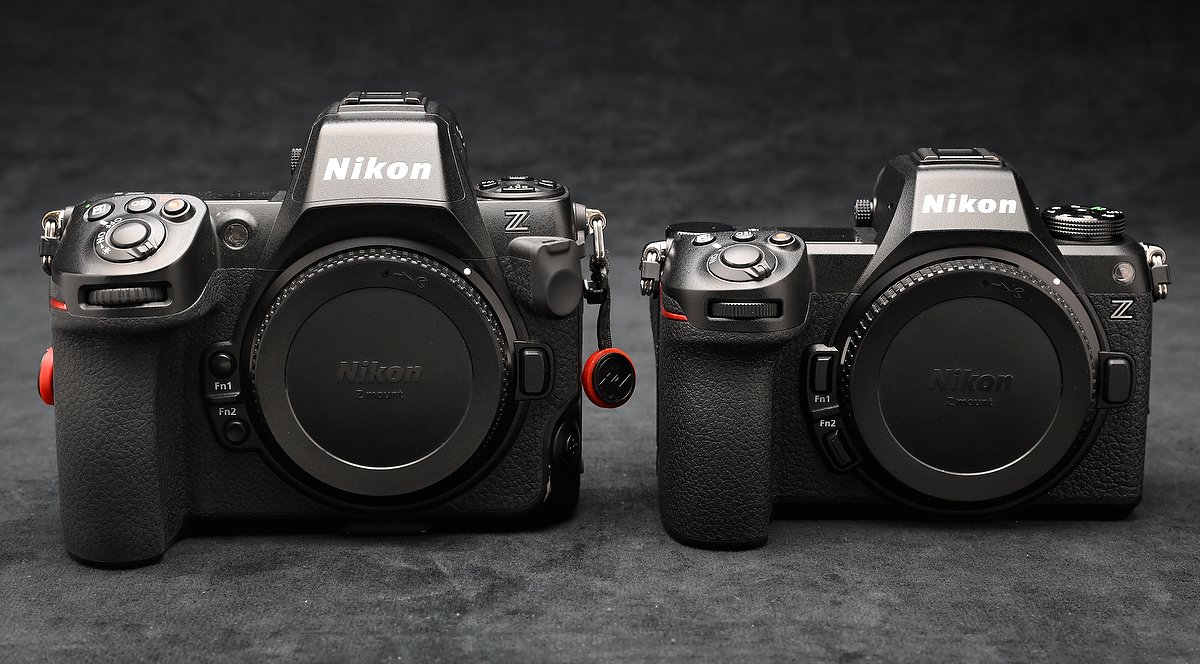
A baby Z 8? That’s a very apt description. My Nikon Z 8 on the left, and the new Z 6 III on the right.
Once again, a smaller body at a lower price, with many of the newer features of the Z 8 and some improvements from the Nikon Z 6 II. The most important of those to me are:
- Autofocus area mode 3D. Yay! Like the Z 8 and 9, it now includes that option, which is a carryover from the same excellent AF mode on Nikon’s DSLRs. However, having that paired with subject and eye detect makes it even more powerful. And, they beefed up the other AF area modes, with even more subject detection capability.
- What about AF speed? It’s fast! I don’t expect it to match that of the more expensive cameras, but I’d guess testing will reveal it’s fairly close.

All 24 frames in this burst stayed focused on Luna’s eye, using the Nikon Z 6 III’s new 3D AF. I was also taking advantage of the Electronic Shutter (16 fps), shooting the Nikkor 28-400mm f/4-8 lens at 1/2500, f/8, 1250 ISO.
- Continuing with autofocus, you can now use the rear LCD touchscreen capability to control the autofocus point. What’s that mean? With the camera at your eye, you can slide your right thumb over onto the screen, and as you move your thumb, you’re moving the AF sensor. If you don’t have a large nose, that could be a great option.
- A new sensor. I won’t try to explain what a “partially stacked sensor is” (since I barely understand it myself), but the end result is faster burst shooting using the electronic shutter with less chance of “rolling shutter,” where some fast-moving objects could “bend.” Like the Z 6 II before it, though, it also has a mechanical shutter, which you can choose to use if that rolling shutter effect might cause a problem. – Update: I just returned from photographing a KC Royals v. Cleveland Guardinas game, and did see some rolling shutter effect on the ball during pitches. Aside from pitches, I didn’t see it elsewhere. For serious sports photographers, however, the Z 8 and 9 will still be more powerful tools, both with frame rates and a viewfinder that doesn’t change when you take a picture (no shutter blackout or any type of “stutter”).
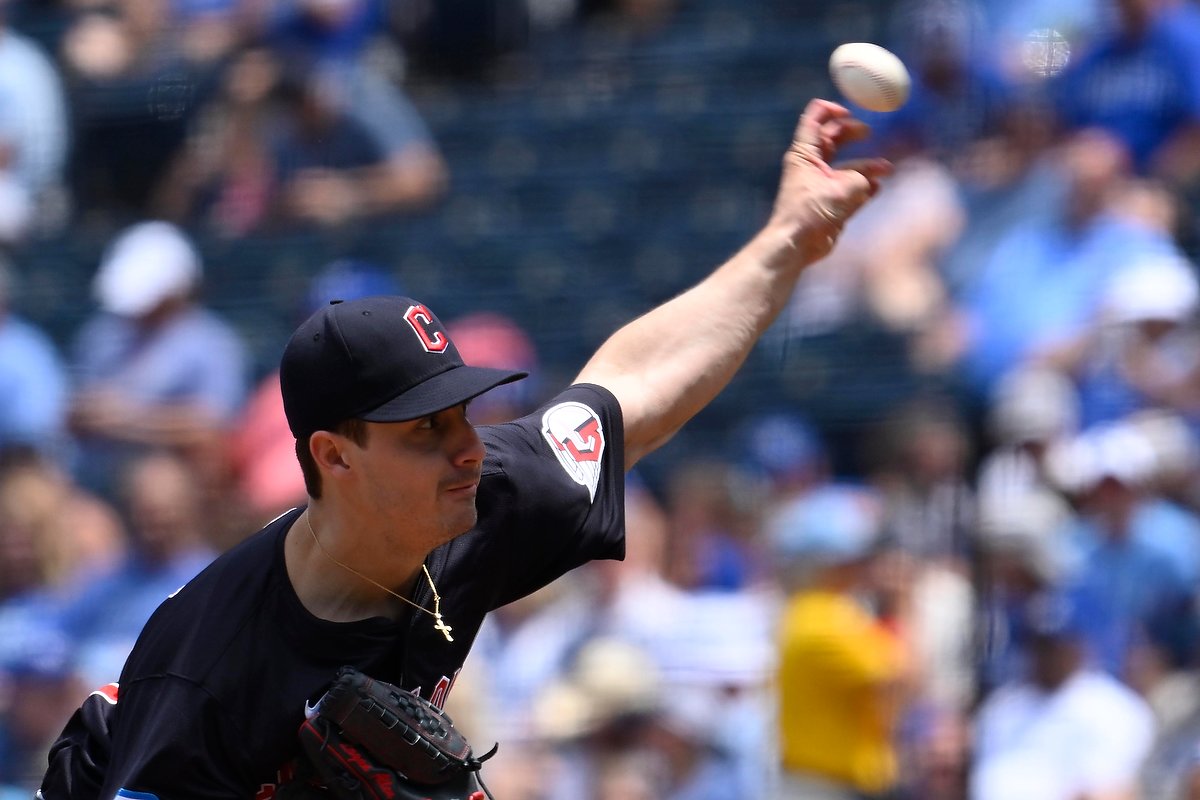
See how the ball is stretched coming out of the pitcher’s hand? That’s caused by “rolling shutter,” and the reason the Z 6 III also has a mechanical shutter. Nikon Z6 III, Manual exposure, Sunny white balance, ISO 1100, 1/2500 at f/6.3, -.3 EV Nikkor Z 180-600mm f/5.6-6.3 VR lens at 530mm.
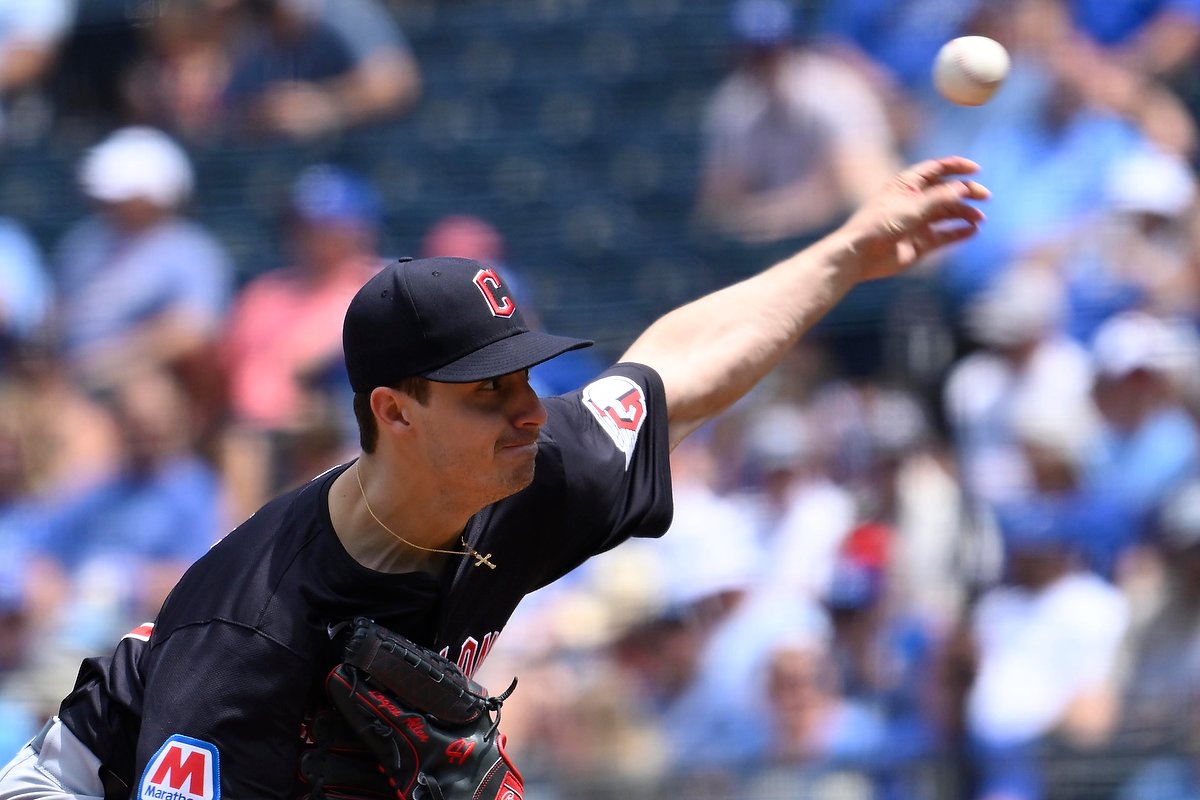
Switching the camera over to mechanical shutter, that “stretched” look of the ball disappears. Nikon’s Z 8 and 9 cameras use a “stacked” sensor (full, not partial like the Z 6 III) that prevents this from happening. That’s also why Sony has gone to a “global shutter” in their a9 III cameras. Nikon Z6 III, Manual exposure, Sunny white balance, ISO 1100, 1/2500 at f/6.3, -.3 EV Nikkor Z 180-600mm f/5.6-6.3 VR lens at 530mm.
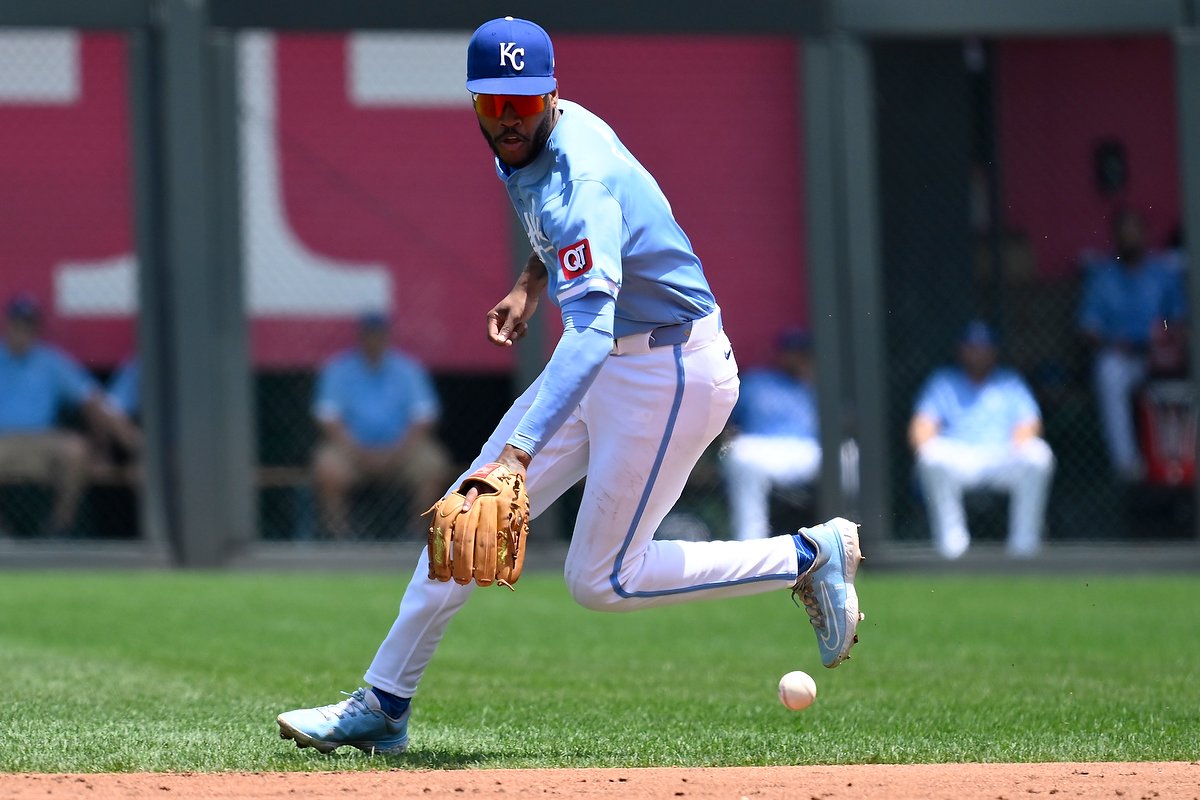
However, I only saw that rolling shutter effect on the ball when it was pitched. I didn’t see it on balls that were hit, like here. This was a small sample size, of course, so it would be wise to test the electronic shutter with the type of action you shoot. Nikon Z6 III, Manual exposure, Sunny white balance, ISO 1100, 1/2500 at f/6.3, -.3 EV Nikkor Z 180-600mm f/5.6-6.3 VR lens at 560mm.
- Also thanks to the new sensor, the “stutter” effect in the viewfinder when shooting action at a high frame rate is mostly gone. I had no problem tracking my dogs running, the fighters moving around the ring or baseball players in action while shooting bursts of images.
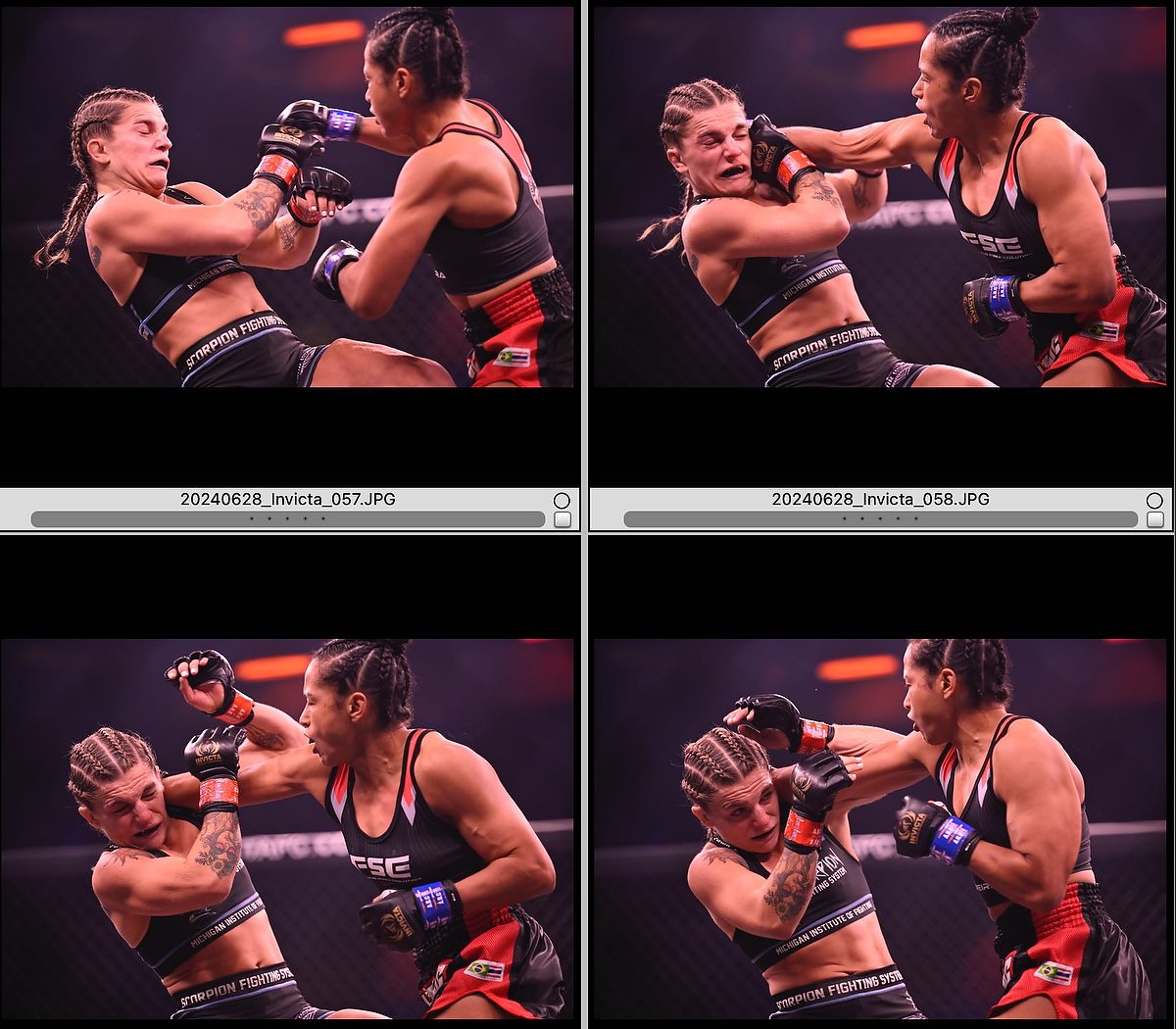
This series is from an assignment I had Friday night covering a series of women’s MMA fights. Of the seven matches, I shot two (including this one) with the Z 6 III and the other with my Z 9. I didn’t see or feel a difference switching between the two cameras (other than some hand cramping, mentioned below). The Z 9, of course, is 45-megapixels, the Z 6 III 24. But I expect a bit better high ISO performance with the Z 6 III.
- The viewfinder experience is beautiful – crisp and bright. Technically, it’s even brighter than those on the Z 8/9, which I find hard to believe because those cameras’ viewfinders are so good. I did notice the increased resolution, however.
- “Pre-Release Capture” This was something I didn’t expect to see on a camera at this price point. For action and wildlife photographers, this is a game changer. Oh, and photographing daytime lightning? No problem.
- The excellent night photography features (“Starlight view,” “Warm display colors” and “Extended shutter speeds,” meaning you can set go beyond a 30-second exposure, all the way to 15-minutes).
- The rear LCD is of a different design, which will be a big deal to people who film or photograph themselves, since it can now be turned 180-degrees to face forward.
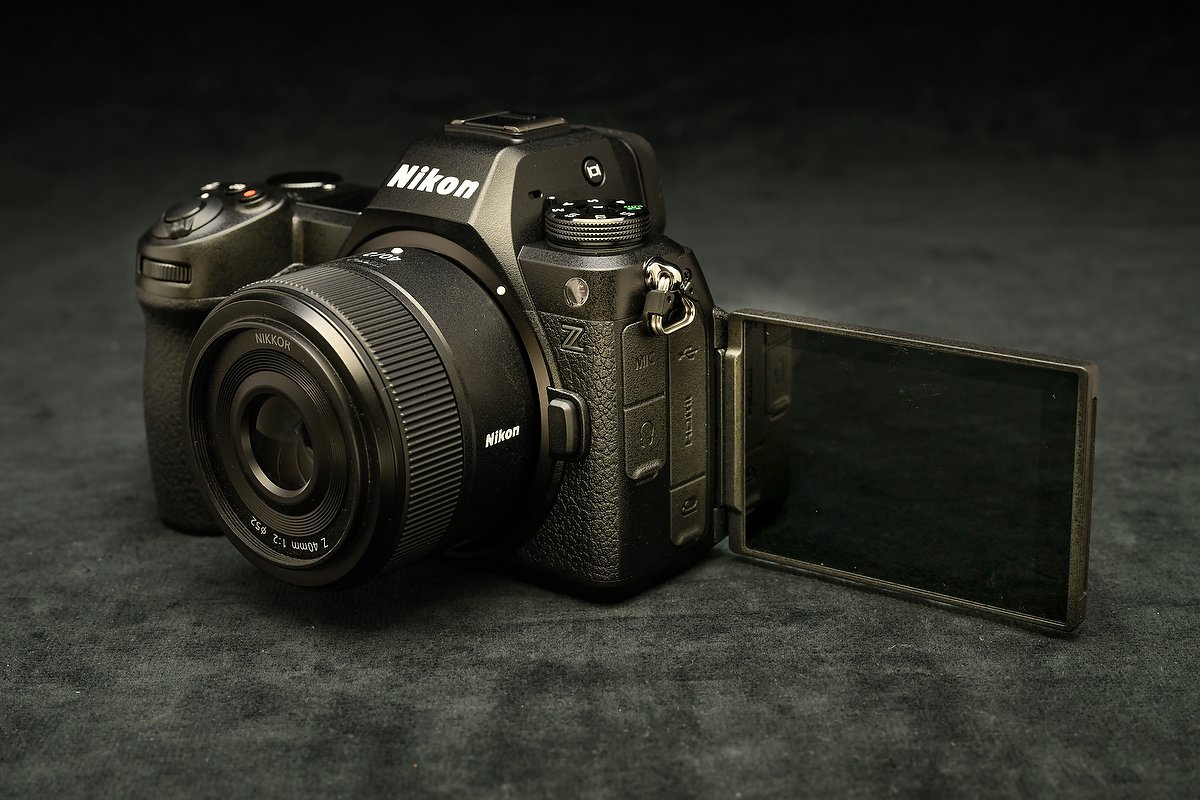
The Z 6 III with its LCD flipped around forward.
- And Nikon also boosted the video capabilities. In addition to separate mic and headphone ports, the movie options are greatly expanded.
- The “Network” menu adds a bunch of features, like being able to send photos from the camera using a local WiFi network, or even connected to ethernet (you need a dongle to do that). Combined with “Protecting” a photo and then adding a voice tag to it, this is a feature that will make the camera a viable compact option for news and sports photographers.
- The button layout is also slightly improved, matching, when possible, those on the higher-end cameras.
And these are just the things I’ve had experience with in the last 24-hrs. I hope to be pleasantly surprised by even more as I continue using it.
Have I found any issues? Just one. While the grip has been slightly re-designed to make it more comfortable, the camera is so compact that it doesn’t fit my hand as well as the larger Z 8. My little finger slides under the camera, so when holding it with a larger lens (like the 70-200mm f/2.8 lens used for the fights), my hand would start cramping after a while. Nikon did announce that a grip is coming for the camera (MB-N14, $250), which will solve that problem and add a second battery. However, I didn’t buy this camera for sports and to use with large lenses. I bought because of its smaller size, to give me a second (or third) camera for assignments that’s compact, and also for travel. For those who do plan to use it with larger lenses, adding that grip would be an easy decision.
Let me address one thing I’ve seen negative comments about, since the announcement of this camera. I’ve heard a few people call it a “low resolution” camera. Really? My first digital SLR cost $15,000 and had 1.3-megapixels. We then moved up to 2.7-megapixels for “only” $5000. By the time our cameras got to 12-megapixels we thought we’d died and gone to heaven, easily making large-format prints. So no, don’t let me hear anyone calling 24-megapixels “low resolution.” It’s more than enough for almost every photographer out there. And a new-generation, full-frame 24-megapixel sensor should produce some outstanding quality at extremely high ISOs. I plan to put that to the test with some night photography in the near future.
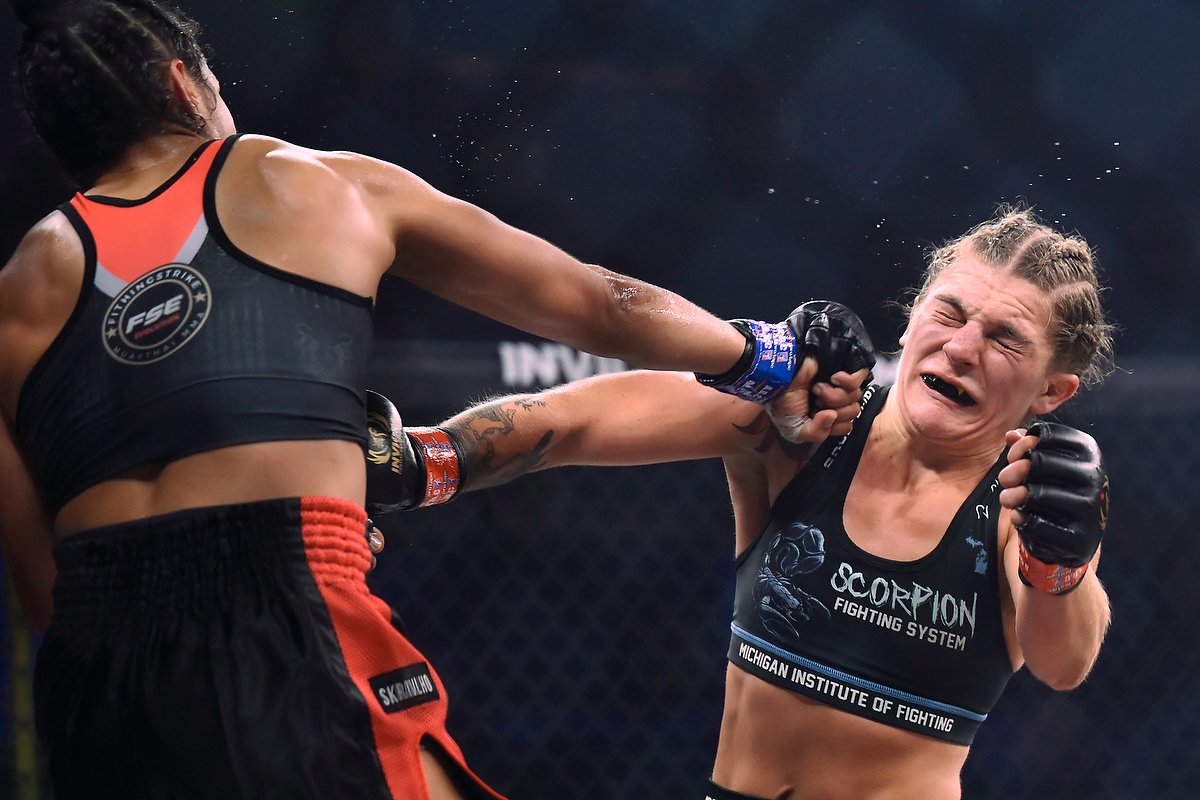
I only needed 2500 ISO to shoot this under the lighting provided, but I expect the Z 6 III to give me excellent high ISO performance up to 12,800, and perhaps even higher. Its native ISO range is 100 to 64,000. Nikon Z 6 III, Manual exposure, 1/1250 at f/2.8, ISO 2500, Custom white balance, Nikkor Z 70-200mm f/2.8 lens at 91mm.
With the addition of the Z 6 III, Nikon’s now got a complete lineup of new-generation, full-frame mirrorless cameras for everyone from the serious hobbyist to the pro.
- The Z 9 is their powerhouse, with seemingly endless features and customization, and a battery that just won’t quit. Just this week I shot a professional soccer game (transmitting from the camera), then the next day a major league baseball game. That totaled nearly 3000 frames, all with the same battery. And at the end it still had 10% power remaining.
- The Z 8 uses the same 45-megapixel sensor and has most of the same features (including insanely high frame rates), but in a smaller body with smaller battery, and lower price.
- And now the Z 6 III. More compact and less expensive yet, still with a very strong set of features but “only” 24-megapixels.
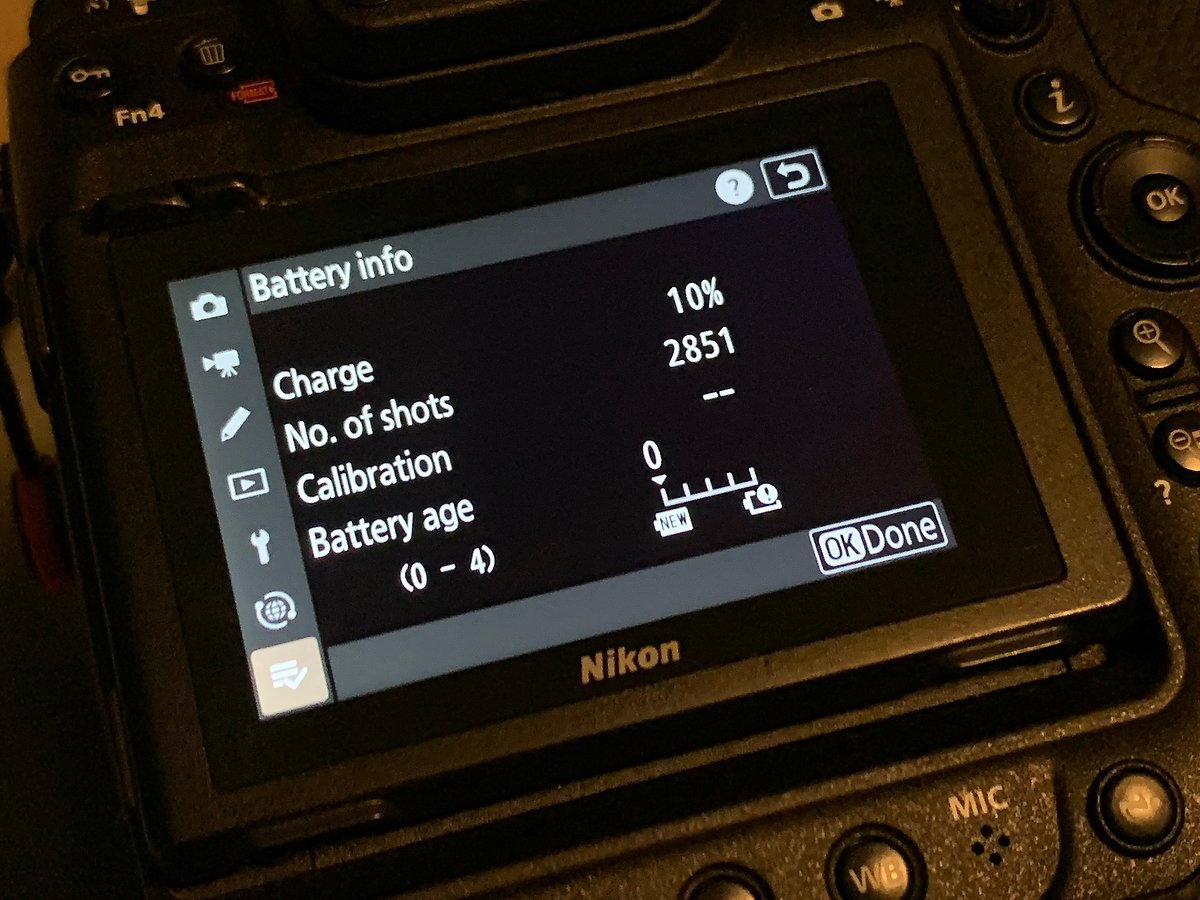
Two days of photography: one soccer game, one baseball game. After all that, here’s what my Nikon Z 9’s battery readout showed. Plus, at the soccer game I had the camera plugged into an ethernet cable and was voice-tagging and transmitting photos throughout the match, so more drain than just taking pictures. That’s why I won’t ever complain about having a big battery on a pro-level camera – I’m not going to miss a picture while changing batteries.
Will there be a Z7 III? I doubt it. Where would it fit into the above lineup? Want more resolution? Well, that will cost more money, and at this point you’re talking about the Z 8. And it wouldn’t surprise me if Nikon kept making and selling the Nikon Z 7 II for some time to come, as a lower-priced 45-megapixel option.
If I were to guess, I’d say their next camera announcement will be a DX model. That can offer an even smaller body and lower price, for photographers who either want a very compact travel camera or simply a lower priced option. It would be a replacement for the Z 50, which is due, since it came out in 2019.
Five or six years ago, Nikon was near the back of the pack in mirrorless, resulting in some frustration for their users. That time is now just a bad memory. For those who’ve been waiting for an update to the Z 6 II, or waiting to switch to mirrorless, the wait is over.
(If you like this story, please share it with your friends and let them know about the links on photography that I post on my business Facebook page. You can also find my photos on Instagram. And if you’re curious about the workshops I teach, you can find them here. Finally, you can subscribe to this blog on my home page.)

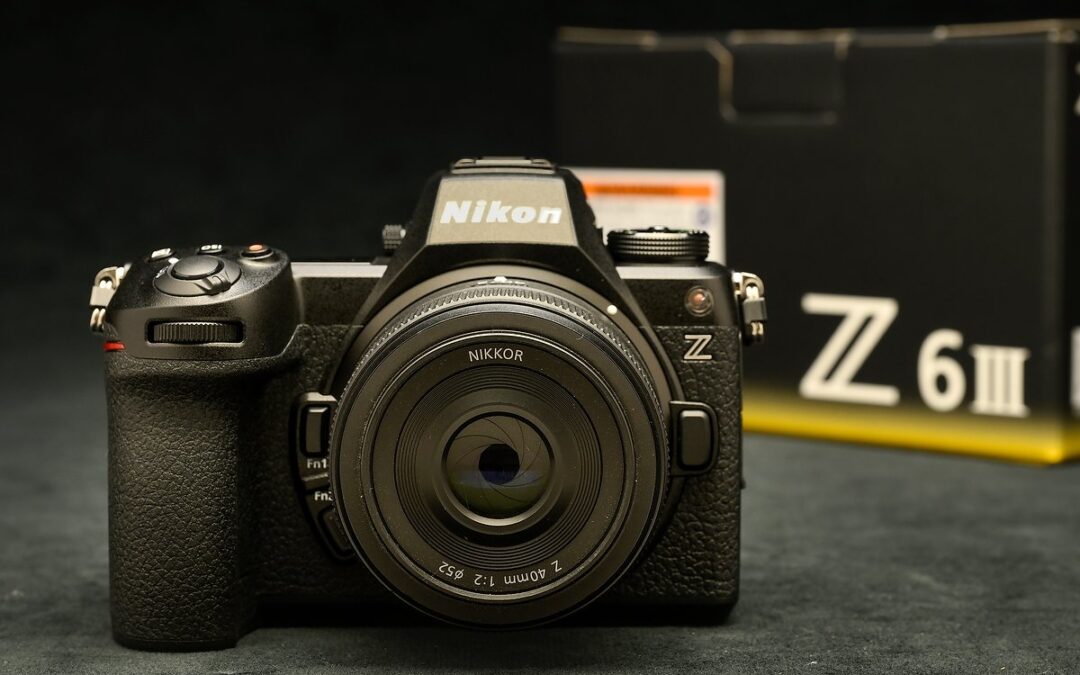
It’s funny to hear the term “game changer” used to describe a feature that’s been available on Olympus/OM System cameras for more than a decade.
Not dissing Nikon, I shoot both but it’s amusing that some people think a feature is brand new just because a 35mm sensor can finally do it
Hi John. Yes, Olympus first added that to a camera in 2016, and Panasonic in 2017 (and I taught both cameras). But having it and using it (or being able to use it easily) are two different things. Nikon putting it into the Z 9 (and then Z 8, and now Z 6 III) didn’t just do it with full-frame higher-resolution cameras, but made that feature now available to a much larger user base. While both Olympus and Panasonic make good cameras, when working pro sports, I’ve never seen a photographer using one of them (except as a small “grab” camera around their neck). So, yes, it was a game-changer for MLB photogs to be able to guarantee getting bat-and-ball on important hits without having to waste frames shooting every pitch. And Nikon doing that also pushed Sony and Canon to add the feature to their latest pro-level bodies. So while I was careful not to say that Nikon was the first to do this, it absolutely has been a game-changer in the world of photography.
No mentions to the refused dynamic range (no worth the compromise with readout speed… who need this speed?), the missing recording on the second memory card, the price (compared to the z8 is a non-sense price), missing third dial (almost every brand use 3 dial), no gps, etc.
Nikon really missed a chance to create a great camera.
Maybe a decent camera for hobbyists, but overpriced.
Hi Sasha. I agree that it’s not a camera aimed at the pro market. But the slight difference in dynamic range won’t matter to most people, and the excellent viewfinder experience and much reduced rolling shutter, plus a truly full feature set, will please most people who don’t do photography professionally. Not sure what you mean by missing a 3rd dial, it’s got the same dial setup as my Z 8 and Z 9 cameras. As for price, I’m always happy to pay less for a camera, but it seemed priced right for the market and what it offers.
Can’t believe Nikon expect us to pay the sort of price they’re asking, but *not* include a charger for the battery – who wants to charge batteries in the camera? The MH-25a charger is included with a Z6 II…!
I too was surprised by that, although I do appreciate being able to charge in-camera. Gives me a second option when I travel, only having to pack one charger. But yes, I agree, would have liked to get a charger with the camera.
Sadly it is another full frame camera.
What will it take for Nikon to make a prosumer crop drame mirrorless camera?
Yes, I know a lot of people have been asking for a D500-like mirrorless camera, and perhaps the next iteration of the D50 will be just that.
Great Review. Looking to replace my D500 with multiple lenses and go light with one travel package.
What do you think?
Hi Byrl. With one or two lenses it would make a pretty compact travel package. However, for “reach,” you lose the 1.5X “crop” factor that the D500 gives you. If you like that, then the Z 8 would give you that (it’s native 45MP, so in DX mode you’re getting about 20MP, almost exactly what you get with the D500). OR, if you want to stay DX, then wait and see if Nikon comes out with an update to the Z 50, which might happen this fall.
Do you think the z6111 with the 28-400 would be a good all around package to replace the d500 and lenses?
Thanks
Hi Byrl. While the Z 6 III is fairly small, that’s relative to other full-frame mirrorless cameras. And since it’s full-frame, that means the lenses need to be able to project an image onto a larger sensor, so they’d need to be larger than a lens made just for a DX camera (or four-thirds camera, with a small sensor still). Having said that, the III is smaller than your D500, and that 28-400 packs a lot of punch in one lens. You probably should try to get into a store that’s got both of those, so you can see and handle them yourself.
Thanks Reed. Great perspective, as always. After using “low res” Nikon cameras I decided to get a z8 to go with my z6ii. WOW! Nikon is definitely firing on all cylinders, which is great to see.
Agreed!
Yes, that Z 8 is one heck of a camera!
Great review. Makes me want to go back to Nikon.
Thanks Mel. But you’ve got good gear already, and I look forward to shooting with you in the Badlands in September!
Do it!!!!